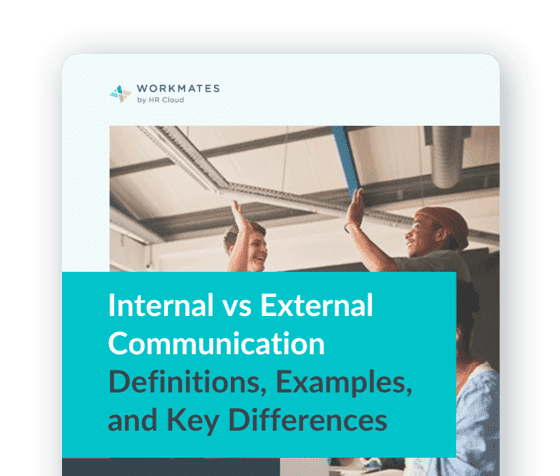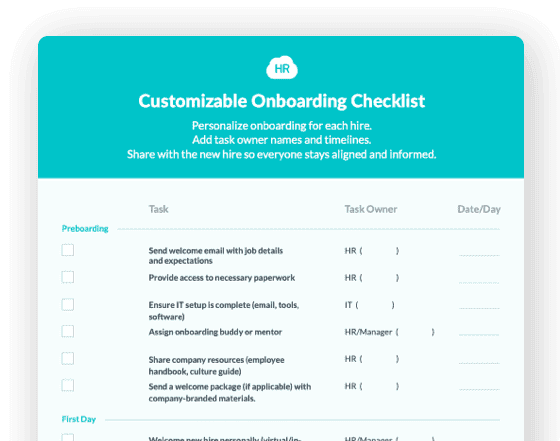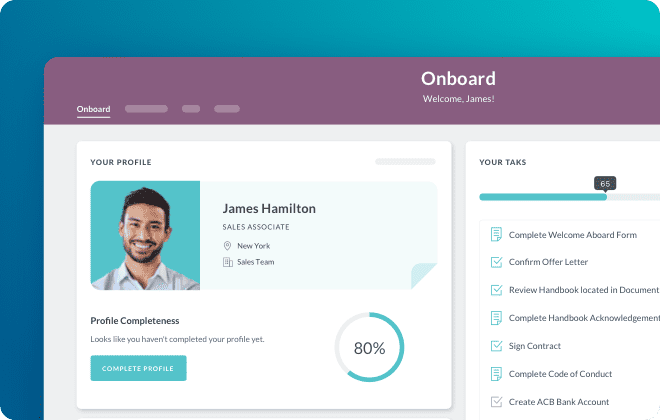5 Measurable Criteria for an Employee Recognition Program



 Cut onboarding time
by 60%—here's the
Ultimate Checklist
that helped do it.
Cut onboarding time
by 60%—here's the
Ultimate Checklist
that helped do it.

One of the reasons why expert managers will always be prized above metrics and award ceremonies is because they can recognize the intangible qualities in each team member. They understand and recognize the effect each team member has on the business and task at hand.
One of the sad things about modern human resources is that such qualities are so difficult to measure. After all, how do you measure a positive attitude, an indomitable spirit, or innovative thought? This article offers five criteria that are measurable, perhaps so that lesser recognized employees may have a chance to shine.
1. Attendance Recognition
Perhaps one of the easiest elements to measure is attendance. Try not to factor punctuality into these sorts of things because sometimes people are late for very good reasons, be it broken down buses or medical emergencies.
People who turn up for work when they are supposed to over the course of a year could be rewarded in some way. It is a very easy metric to measure, and since staff absence is a big problem for most companies, it may be nice for regular attenders to receive some sort of reward and recognition for their attendance.
How this recognition system is set up should have certain levels of leeway. For example, staff should be able to work back their missed days. They shouldn't be penalized for refusing to come in on days they were not originally scheduled for. Also, a buffer zone may also be installed, such as if people miss up to three days per year, they are still eligible for the attendance recognition reward.
1. Improve Your Recruitment Process
Perhaps one of the easiest elements to measure is attendance. Try not to factor punctuality into these sorts of things because sometimes people are late for very good reasons, be it broken down buses or medical emergencies.
People who turn up for work when they are supposed to over the course of a year could be rewarded in some way. It is a very easy metric to measure, and since staff absence is a big problem for most companies, it may be nice for regular attenders to receive some sort of reward and recognition for their attendance.
How this recognition system is set up should have certain levels of leeway. For example, staff should be able to work back their missed days. They shouldn't be penalized for refusing to come in on days they were not originally scheduled for. Also, a buffer zone may also be installed, such as if people miss up to three days per year, they are still eligible for the attendance recognition reward.
2. Classic KPI Recognition
The type of key performance indicator recognition each company sets up will depend on the company itself and the roles that employees are undertaking. For example, salespeople may be judged and rewarded for how many sales they make over a certain dollar value. Factory operatives may be recognized for how many units they make.
There are many jobs where hard-target KPIs are not applicable, but in cases where one employee's success isn't at the expense of another employee's success, then KPI recognition may work well.
Setting up this system requires a close examination of the facts. For example, staff shouldn't be able to fake orders or steal other employees' work to mark down as their own. Also, you may have to account for times when there simply isn't enough work to do; in that employees shouldn't be punished for not making units when there are no orders for units.
Variable targets may be applicable on a day-to-day basis, so long as they are fair and the staff understands they are fair.
3. Milestones Crossed Recognition
If a business has a working process that is somewhat predictable, then milestone rewards can be useful. They are especially handy in companies where gamification has taken hold. Just like in a game, a milestone may come with recognition, be it processing 100 orders, or working 100 hours, or something similar.
The milestones must be things that employees will achieve as long as they keep working there. The fact they are inevitable milestones makes the tasks being undertaken a little more meaningful.
A deep understanding of the employee's work cycle is required to correctly install a milestone recognition program. This is especially true in areas where some employees undertake certain tasks as milestones when others do not.
You do not want your employees having to take time out to work in different departments just to get their milestone rewards. Also, be aware of tapering off the milestones for long-term employees. For example, milestone rewards for 6 months service, 1-year service, 2-year service and 5-year service is a little unfair on your long-term employees.
4. Positive Reviews Recognition
This sort of recognition is common in call centers. Callers are often asked if they would like to stay on the line and give a review after each call. Those who receive good reviews are rewarded. A similar feature is becoming more common with live chat employees.
After the live chat is over, the customer is asked to complete a quick survey to give their opinion. Review features are common within these surveys and can be used as part of recognition programs and perhaps as training tools.
There are many ways this sort of thing can be exploited. Make sure your staff are not doing the Wells Fargo employee trick of setting up fake accounts so they can set up their own positive reviews. Plus, do not forget that employees can hire Chinese click farms for just a few dollars and have automated reviews set up with some online systems.
5. Money Saved Recognition
Do be careful because this sort of recognition program is open to abuse, but there are many ways that companies and uncaring employees can waste money. For example, leaving air conditioning units on in empty rooms or trashing broken products rather than trying to reclaim working parts.
Do not make this a competitive recognition and rewards program. Make it more of a system that rewards people for repeatedly doing the right thing rather than trying to push them to innovate with regards to saving money.
Perhaps set up a series of rules and protocols. If they are followed, then the staff member is recognized. This is especially useful in cases where being wasteful is faster. Just make sure it cannot be exploited, such as when staff purposefully order too much of a resource, so that they can claim bigger quantities of savings when they "don't" use a said product in their process.
Conclusion - Don't Let Your Recognition Program Cause Damage
There are many ways you can cause more damage than good with a recognition program. The most common problem is staff anger and dissent when seemingly work-shy or sycophantic employees are recognized.
Another common problem is where the recognition itself causes staff to become disillusioned and outright angry. Such as when people have not missed a single day of work in five years, and their “Recognition" is common in the team newsletter.
When done correctly, recognition programs can do a lot of good and it shows your employees that they are truly valued.
About Author: Paula O Gorman is the marketing manager at Promotive, a marketing agency located in Ireland. Paula uses employee recognition programs as she feels they motivate her staff and let them know that they are valued.
Keep Reading
Employee Recognition: The Ultimate Guide to Getting It Right in 2025
Employee recognition isn’t just a feel-good gesture but a necessary tool for improving
Linking Intrinsic Rewards to Work Goals for Increased Motivation
Intrinsic rewards are psychological benefits that individuals gain from their work, such
The Science of Recognition: How Employee Awards Impact Mental Health and Productivity
People want a pat on the back for doing their job? Back in my day, we just worked quietly!
Like What You Hear?
We'd love to chat with you more about how HR Cloud® can support your business's HR needs. Book Your Free Demo

See Workmates in action
Your culture upgrade starts here. Take a quick tour or book a live demo.


Cut onboarding time by 70%
See how growing teams streamline onboarding and save hours for every new hire.
